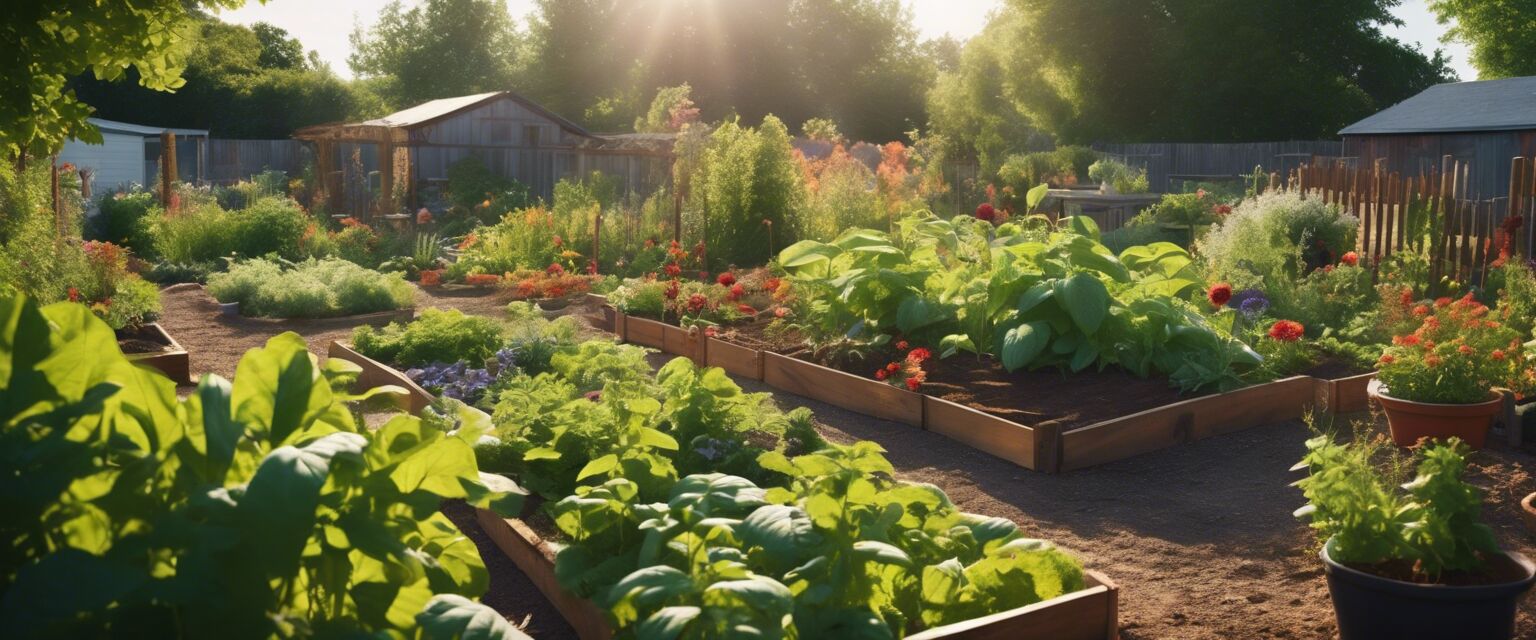
Sustainable Building
Key Takeaways
- Sustainable building focuses on using eco-friendly materials.
- Recycled materials can significantly reduce waste.
- Natural building techniques promote energy efficiency.
- Consider local climate and resources for optimal results.
- Engaging in sustainable practices can lower overall building costs.
Sustainable building is an essential practice in today's world, where environmental concerns are at the forefront. By utilizing natural and recycled materials, we can create structures that are not only functional but also beneficial to the environment. This article will guide you through the principles, materials, and techniques of sustainable building, ensuring you can make informed decisions for your next project.
Understanding Sustainable Building
Sustainable building, also known as green building, refers to the design and construction of structures that minimize environmental impact while maximizing efficiency. This approach encompasses various strategies, including utilizing energy-efficient designs, selecting sustainable materials, and implementing effective waste management practices.
Principles of Sustainable Building
- Energy Efficiency: Designing buildings to consume less energy.
- Water Conservation: Using systems that reduce water use and recycle greywater.
- Material Selection: Choosing renewable and recycled materials.
- Indoor Environmental Quality: Ensuring healthy indoor air quality and natural lighting.
- Site Optimization: Building in harmony with the surrounding environment.
Materials for Sustainable Building
The materials you choose for construction play a significant role in the sustainability of your building project. Here are some common categories of sustainable materials:
| Material Type | Description | Benefits |
|---|---|---|
| Recycled Materials | Materials that have been repurposed from other uses. | Reduces landfill waste and conserves resources. |
| Bamboo | A fast-growing grass that can be used similarly to wood. | Strong, lightweight, and renewable. |
| Straw Bales | Compact bundles of straw used for insulation and walls. | Excellent insulator and biodegradable. |
| Reclaimed Wood | Wood salvaged from old buildings or furniture. | Unique character and reduces deforestation. |
| Earth (Adobe, Cob) | Natural materials used for building walls. | Good thermal mass and readily available. |
Using Recycled Materials
Recycled materials are a cornerstone of sustainable building. They can come from various sources, including old buildings, industrial waste, and everyday items. By repurposing these materials, you can significantly reduce your project's carbon footprint.

Techniques for Sustainable Building
In addition to selecting the right materials, employing appropriate techniques can enhance the sustainability of your building. Here are some effective methods:
- Passive Solar Design: Orienting windows and walls to maximize natural light and heat.
- Green Roofs: Installing vegetation on roofs to improve insulation and reduce runoff.
- Natural Ventilation: Utilizing design features that promote airflow without mechanical systems.
- Rainwater Harvesting: Collecting rainwater for irrigation and non-potable uses.
- Earth Sheltering: Building partially underground to take advantage of the earth's thermal mass.
Choosing the Right Site
The location of your building can significantly impact its sustainability. Consider the following factors when selecting a site:
- Access to Resources: Proximity to materials and labor.
- Environmental Impact: Assessing how the construction will affect local ecosystems.
- Climate: Understanding local weather patterns to optimize building performance.
- Community Needs: Contributing to local infrastructure and economy.

Benefits of Sustainable Building
Engaging in sustainable building practices brings numerous advantages, including:
Pros
- Lower energy costs.
- Reduced environmental impact.
- Improved indoor air quality.
- Increased property value.
- Enhanced community reputation.
Cons
- Potentially higher upfront costs.
- Limited availability of sustainable materials in some areas.
- Need for specialized knowledge and labor.
Conclusion
Sustainable building is more than just a trend; itâs a necessity for a healthier planet. By choosing the right materials, techniques, and site, you can create structures that serve both your needs and the environment. Whether you are constructing a home or a community center, embracing sustainable practices is the way forward.
Tips for Beginners
- Start small: Consider a small garden shed using sustainable materials.
- Research local resources: Explore suppliers of recycled materials nearby.
- Consult with experts: Seek advice from professionals in sustainable architecture.
- Join community workshops: Engage with local groups focused on sustainable building.
- Stay informed: Follow blogs and publications on sustainable practices.
Further Reading
If youâre interested in delving deeper into sustainable practices, check out our other articles:








